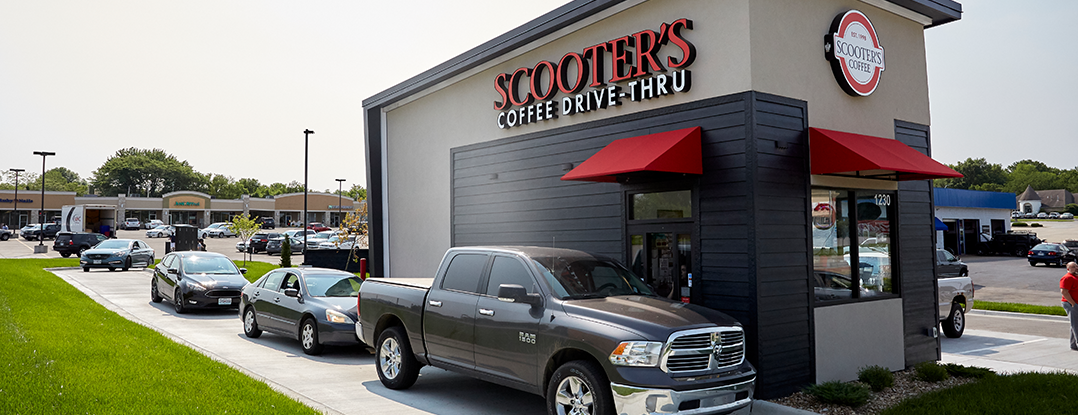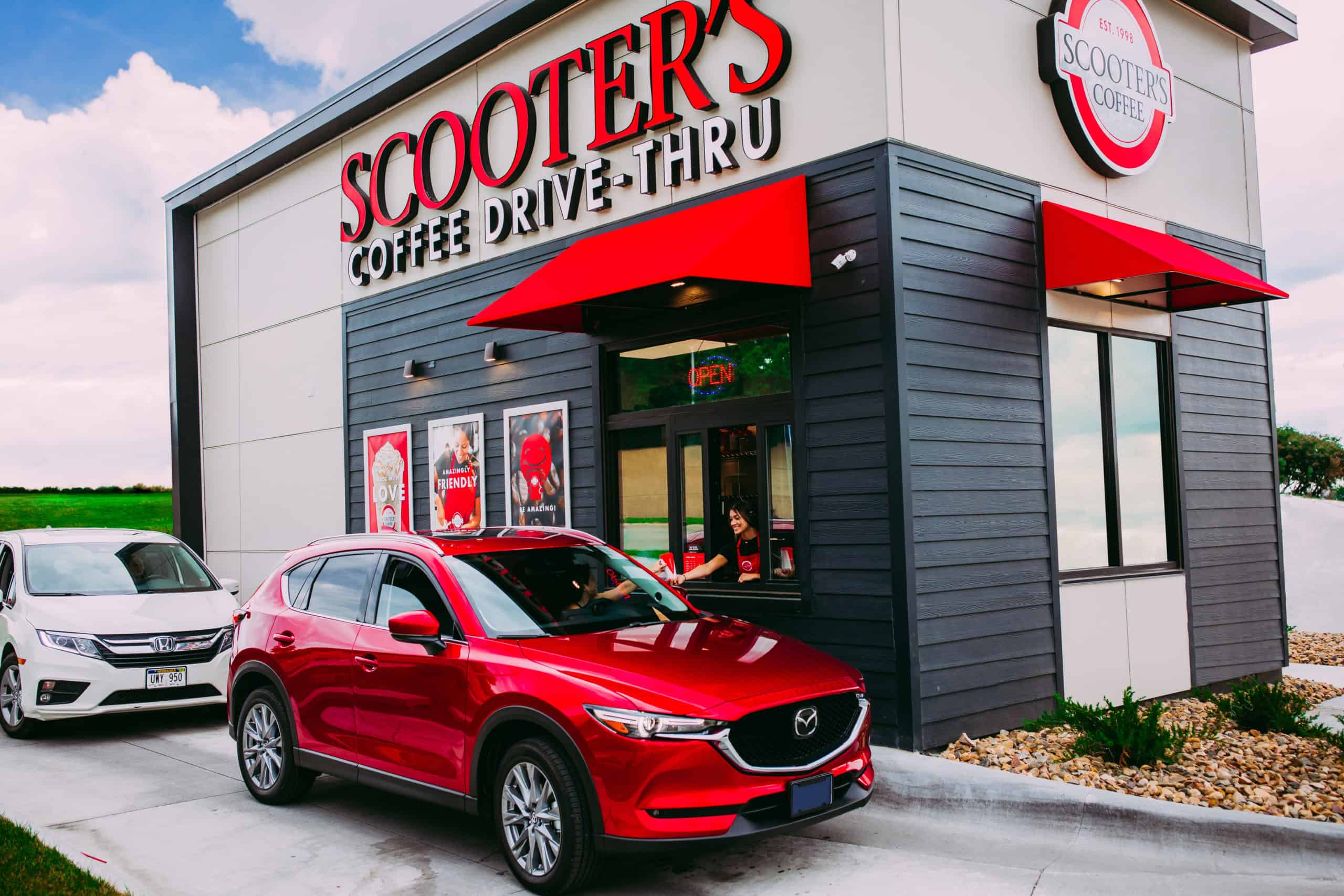

Few products attract as much passion around the world as coffee. From everyday commuters simply wanting to fuel their morning routines to the fully devoted enthusiasts, coffee has been a staple of American life for decades.
Across the United States, entrepreneurs of all backgrounds and experiences have attempted to turn that passion into profit. From independently owned hipster cafes to bookstore kiosks to national chains, there is no shortage of options for entrepreneurs to fill the vast demands of the industry.
Unfortunately, that demand does not guarantee success. Recent studies show that only half of small businesses make it through their first five years, and nearly a fifth of restaurants fail within their first year. While that can happen for a variety of reasons, one of the largest indicators of a business at risk is one that is started despite a lack of preparation.
Without a strong plan, even the most dedicated entrepreneurs can unwittingly set themselves up for a struggle. Sometimes, it comes down to overestimating your ability to create a unique idea or underestimating the costs involved in getting the shop off the ground.
But a successful coffee business doesn’t have to mirror the independent shops often seen on TV and movies. There are several other options that provide a roadmap to success without extensive startup costs — one of them being a coffee stand. But for those who don’t know how to start a coffee stand, here are some key items on which your preparation should focus.
A business plan is essential for a variety of reasons. Not only could a thorough plan help secure funding but the process will force you to perform more detailed research and make more thoughtful considerations about the viability of your idea. Before we get to the costs of starting a coffee stand, consider some of the following questions.
The first step in molding a business idea is understanding the context in which it will exist. When you open your coffee stand, how much competition is there going to be? Do coffee drinkers have a variety of options or is there an opportunity to meet an existing or potential demand? What do they offer on their menu and how is it priced?
Answering these questions can do more than simply helping to flesh out ideas for your own concept. Learning about the existing players in the market will offer a blueprint for what you can expect and how to differentiate yourself.
When considering your path to success, it’s important to envision who is likely to be your customer, and what services they’d likely prefer. Are they professionals on the way to work? If so, they might need an efficient drive-thru option to get their caffeine fix during the morning commute.
After understanding the competition and your opportunities to fill an opening in the market, consider what your potential customers would want to order. If you have to keep your menu limited, what sort of products or services could you offer to provide a better experience and gain an edge on your competitors?
Of course, turning these concepts into a reality depends on the costs, which leads to the next step of the planning process.
The main reason you are opting for a coffee stand is likely the cost. Depending on your space and location, coffee stands could be about a third of the opening cost of a dine-in coffee shop.
While coffee stands provide some true benefits compared to the costs of standalone cafes and coffee shops, understanding how to start a coffee stand successfully depends on a thorough look at the costs you can expect. This is perhaps the most essential aspect of creating your business plan, especially once you have an idea for location, customer base, and menu offerings.
Real estate is often one of the largest costs to calculate when starting a new business. If choosing a new location to build your stand from the ground up, it’s important to know how much capital will need to be spent just to have a physical space to begin with. The benefits of a coffee stand lie in its size. Without the space for dine-in visitors, the stand mostly just needs to hold a few employees and the equipment to operate at full capacity. That can save you significant amounts of money in construction costs. But still, there are plenty of other factors to consider when choosing a space.
Every cost calculation should include both fixed costs and variable costs. Fixed costs are those that you can expect to spend on a regular basis, no matter the revenue being brought in. Whether you built a stand brand new or are borrowing a space, that location is one of the largest fixed costs to consider. Whether it’s rent, lease, or loan, there will be costs associated with occupying that coffee stand. There will also be taxes to consider, whether in property taxes or payroll taxes, which occur in tandem with another important fixed cost — labor. Though a coffee stand may have smaller staffing needs, it will still be essential to calculate the expected labor costs, not only to be prepared for those costs but to better understand the operations necessary to run your stand efficiently.
One of the most foundational aspects of your business is the product you offer to the customers. With so many coffee options, your coffee stand needs to be able to compete with as high quality a product as you can make. When you are creating and adjusting your menu, you can do so based on the cost of ingredients needed to make those drinks. This allows you to calculate an expected profit based on the revenue you anticipate generating and the cost of the ingredients to create the drink. From the coffee itself to milk or flavoring syrups, there will be big decisions on the horizon to find the best balance between affordability and quality.
The start-up phase of every business is one full of tough financial decisions. On one hand, you know that purchasing certain equipment — such as an espresso machine or a drip machine — is necessary and unavoidable. However, you’ll need to do some significant research to find equipment that fits within your budget but is still high enough quality so that eventual maintenance costs are as infrequent as possible.
Every business needs to get its brand out there, especially when building a customer base. Like ingredients, a marketing budget is a variable cost depending on several circumstances. Perhaps there’s more investment in marketing in the beginning — or when you identify an opportunity to truly capitalize on the name your business is making for itself in the community.
Try to use a blend of tactics to maximize the amount of coverage you’ll receive. Putting your name in multiple mediums of advertising allows people to see your business many times in a number of ways. This increases the chance of them remembering you and stopping by your business.
While so many of these costs seem obvious — particularly to business-savvy entrepreneurs — there are plenty of financial decisions and necessities that often surprise new business owners. For instance, insurance costs can sneak up on unprepared owners. There are also often legal fees associated with opening a business, depending on the state or city in which it’s being registered.
Additionally, it’s important to build your business’s savings. Emergency costs are bound to pop up at some point, whether they take the form of replacing expensive equipment or making repairs to the coffee stand itself.
The best business owners expect the unexpected and are prepared to handle whatever comes their way.
While it is certainly possible to teach yourself how to start a coffee stand independently, the stressors may be keeping you from realizing your dream of owning a business. Fortunately, there are other opportunities to do just that with the support of a coffee franchise.
Scooter’s Coffee® offers many of the attractive characteristics of a coffee stand with its successful drive-thru kiosk model. In addition to its established brand and operations, its smaller footprint allows for more efficient operations and a proven blueprint for entrepreneurs to develop a successful coffee business.